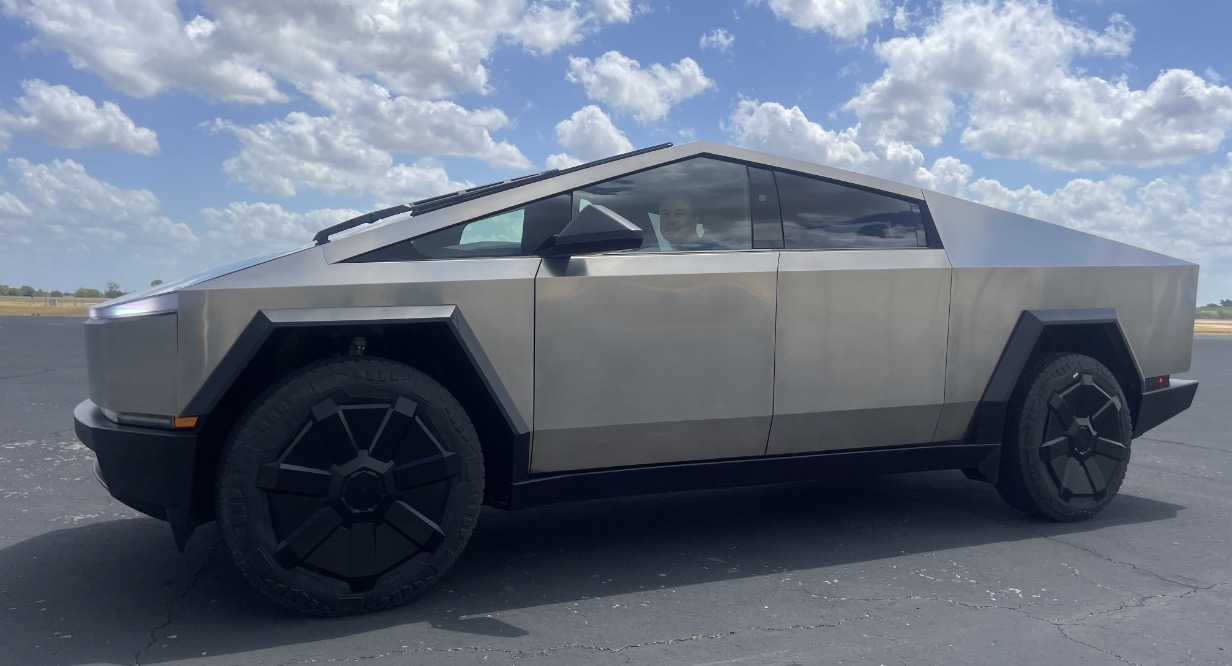Tesla has shared its 48-volt (48V) electrical system documentation with major automakers, including industry giant Ford. The move marks a departure from the conventional 12V systems widely used in the automotive industry.
Tesla’s Cybertruck, the first EV from the company to adopt a 48V system throughout the entire vehicle, has prompted the sharing of this technology with competitors. Ford’s CEO, Jim Farley, confirmed the development on social media platform X, signaling potential industry-wide implications.
You’re welcome
— Elon Musk (@elonmusk) December 7, 2023
The significance of the 48V architecture lies not in specific features but in its potential to revolutionize how automakers wire, accessorize, and engineer their vehicles. While the impact on other automakers’ products may not be immediately apparent, the shift to 48V is expected to bring about fundamental changes in vehicle electrical systems.
Historically, vehicles have utilized 6V and later 12V architectures, with the latter becoming a universal standard by the late 1960s. However, the challenges associated with the 12V system, including complexity and power delivery issues, have become apparent over time.
The adoption of 48V architecture addresses these challenges by simplifying wiring harnesses and enhancing overall electrical efficiency. With each wire capable of supplying more power and voltage, the 48V system offers a potential solution to the complexities of the 12V architecture.
Despite the potential benefits, the transition to 48V poses challenges for the vehicle supplier ecosystem. To fully leverage the advantages of the new architecture, automakers must ensure that all vehicle systems are compatible, presenting a hurdle for those still reliant on the established 12V standard.
Tesla’s decision to share its 48V architecture is seen as a strategic move. By offering documentation, Tesla acknowledges the complexity of the transition for legacy Original Equipment Manufacturers (OEMs) and positions itself as an industry leader. The sharing of knowledge could facilitate the adoption of 48V systems across the industry, potentially lowering costs through increased volume and promoting standardized engineering practices.
While the motivations behind Tesla’s move are not purely altruistic, the sharing of 48V architecture documentation opens the door to a potential shift in the industry, with implications for supply chains, costs, and workforce expertise. The road ahead, however, remains uncertain as automakers weigh the challenges of transitioning to a new electrical standard.

